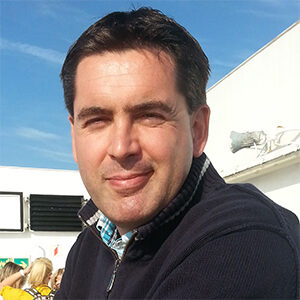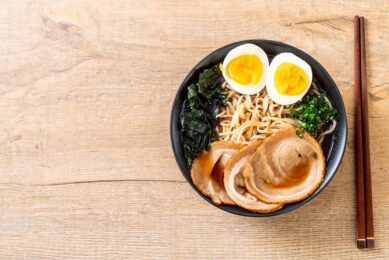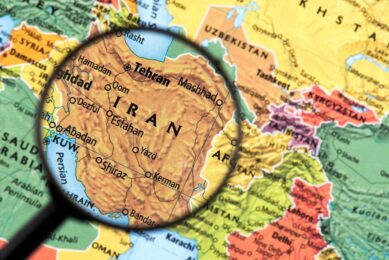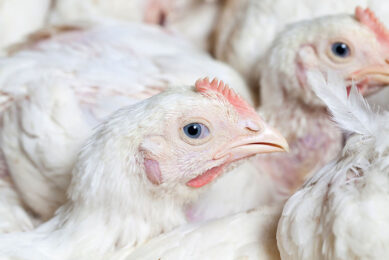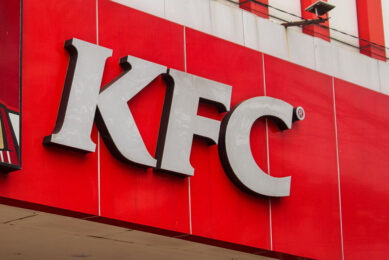Valorisation and optimisation
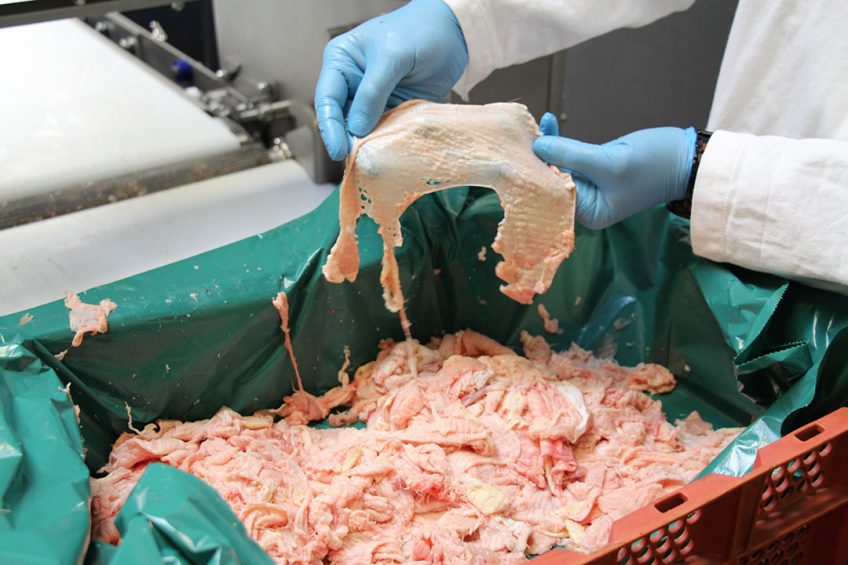
Optimised carcass yield is worldwide becoming increasingly important. For example, the skins of broilers were previously discarded as waste, now they are re-used for the food chain. Due to the development of specialised machines.
Valorisation of carcasses is important, but another development is keeping machine developers awake as well and that is power consumption of their equipment. Sustainability is everything, so the demand for more sustainable machinery is growing fast. “Power consumption has become a main focus in the development of our machines. As well as the air consumption,” according to Paul Rammelaere, sales installation worldwide by F.P.M. International. At the moment it is not possible to make autofill machines. Mr Rammelaere: “I expect, however, that within about 15 to 20 years computer-controlled equipment will come on the market whereby the machine is filled automatically. Currently, the majority of poultry meat processing machines are still manually filled by an operator.” Another global development, that also has to do with sustainability, is that it is increasingly important that the skins that come from the skinning machine, stay whole. Mr Rammelaere: “That’s the reason why we use dull blades and not sharp blades. Another method of removing the skins is the use of high water pressure. The skins of the parts are more and more important because of the use in the human food chain (circular economy).
Newest model
Worldwide there is interest in the poultry meat processing equipment of F.P.M. International NV from Kalmthout in Belgium, which are sold under the brand name ‘Steen’. One of the newest skinners shown is the ST700K automatic skinning machine. This skinning machine has a high capacity and high yield for small parts and a broad range of chicken and turkey products up to 100 to 250 parts/minute. The parts must be not higher than 50mm. By drums the speed is up to 100 to 120 parts/minute. Optimal results occur between 1 and 4ºC. English customers are especially interested because of the processing of pheasant parts. De ST700K can process about 200 pheasant parts/minute. It’s a good idea to inform the manufacturer if your product is water-or-airchilled and the time span between killing and deboning (fresh product gives a lower yield). What makes this machine different from others, is that it is wider, faster, safer, easy to maintain and it has an adjustable speed. So, this makes it possible to place this machine in line. For more and more customers the electricity consumption is important. The ST700K has an electric motor that consumes 1.6 kWh.
High speed skinning
According to Rammelaere another special part of the ST700K are the two plastic rollers that work independently. “This allows us to reach those high skinnings speeds. By this method the pressure on the product is also well distributed.” Another important point is the skinning blade/roller of the skinning machine with dull blade. According to Mr Rammelaere it is wise to decide per product which skinning blade/roller combination fits best for optimal results. “Furthermore it is, for optimal results, very important, and that applies to all machines, that the parts are placed in the right direction in the machine.”
Multifunctional machine
During the customers demonstration the new Steen deboning machine ST840 was showed as well. This machine was originally designed in 2009 to produce up to 45 pirzola’s (Turkish delicacy) per minute (partial deboned anatomical cut thigh). Recently in 2016 it got a update as all-round snack machine (also 40 to 45 parts/minute). According to Mr Rammelaere, because of the bad bone strength of the broilers in the past, the deboning was sometimes more challenging. He notices that bone strength of the broilers is getting better lately. The ST840 is an all-round, automatic deboning machine for anatomical cut chicken prime wings, drums and thighs. With the included spacers, you cannot only choose how deep you debone. It also gives you the possibility to make so called ‘tulips’ from anatomical cut prime wings without cutting the bone. On top of that, within 5 minutes, the ST840 can be converted to a deboning machine for anatomical cut thighs, drums and prime wings. The ST840 has an electric motor that consumes 0.25 kWh. The length is 1640 mm, the width is 750 mm. It weighs 400 kilograms. This deboning machine needs air pressure, 0,46 m³/minute at 8 bar.
Mr Rammelaere: “Though the larger ST800 deboning machine needs much more floor space than the ST840, he also has two major advantages. He is much faster with a speed up to 112 parts/minute. And, last but not least, the ST800 needs no air pressure.”
Electricity consumption of the ST800 is 0.37 kWh, quite few consumption for such a machine. This deboning machine is 3 meters long and 1 meter wide. It weighs 800 kilograms. The ST800 is sold in Germany, France, Russia, China, Canada and the United States.
Tests with lower air use
F.P.M. International also produces a deboning machine for turkeys, the Steen ST850. Mr Rammelaere: “This machine requires at the moment a lot of air pressure, 2m³/minute at 8 bar, but we are looking for ways to reduce the air use. At the moment we do tests in this context.” This machine is in the spring of 2018 optimised what about the operators safety. On the ST850 you can process all kinds of turkey meat. Male or female, left or right, anatomical cut thigh, drum and prime wing. It is all possible on one and the same machine. With this machine one operator is able to debone 35 pieces per minute with a high yield and good meat quality. Up to 99% of the product is deboned without bone breakage. A broad weight range of products can be deboned on the same configuration. Changing between products is simplified, so resetting takes less than five minutes. The ST850 has an electric motor that consumes 2,23 kWh. The weight is 800 kilograms. Water use is 0.5 liter/minute. The machine has a very small floor space with a length of 800 mm and width of 1620 mm.


